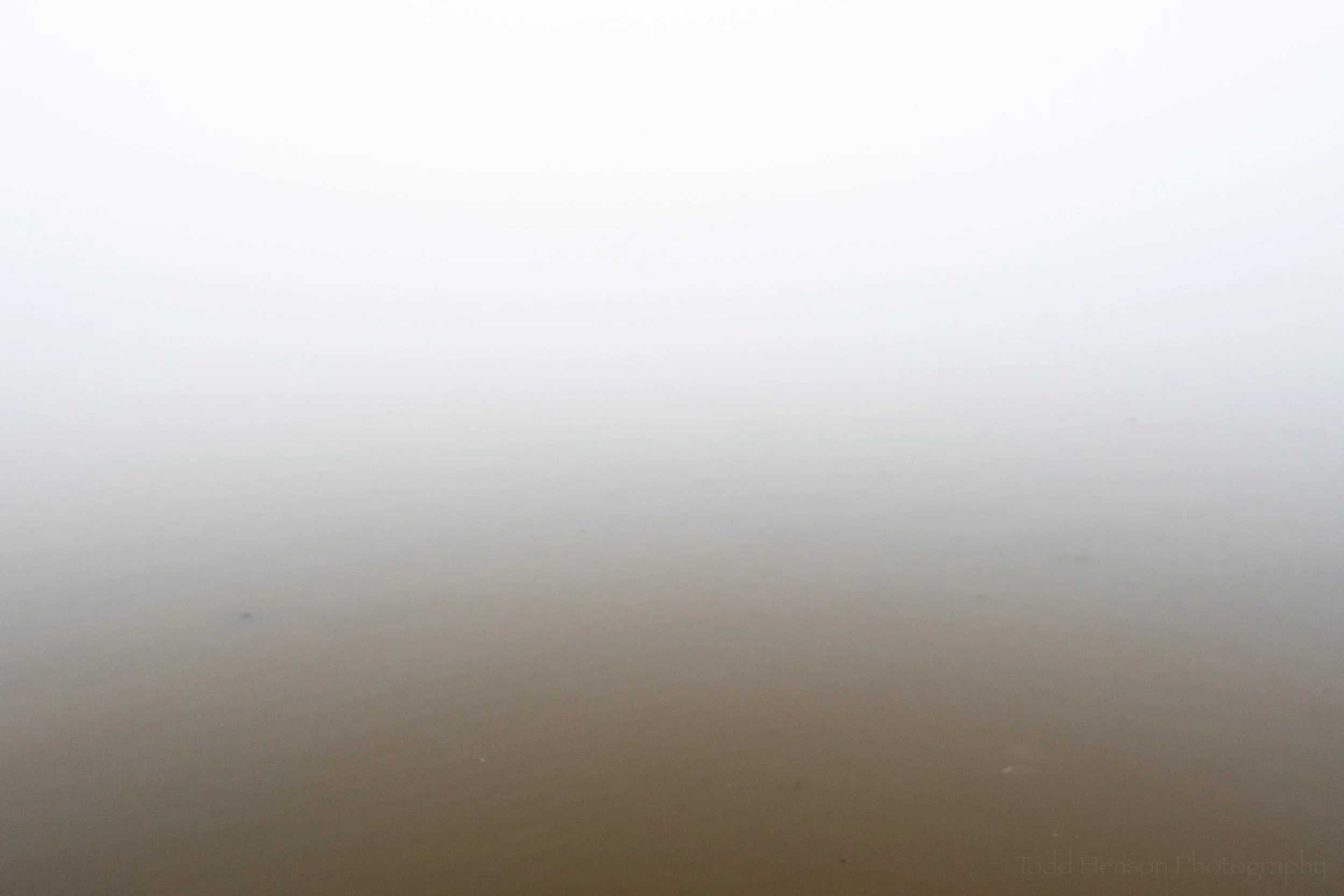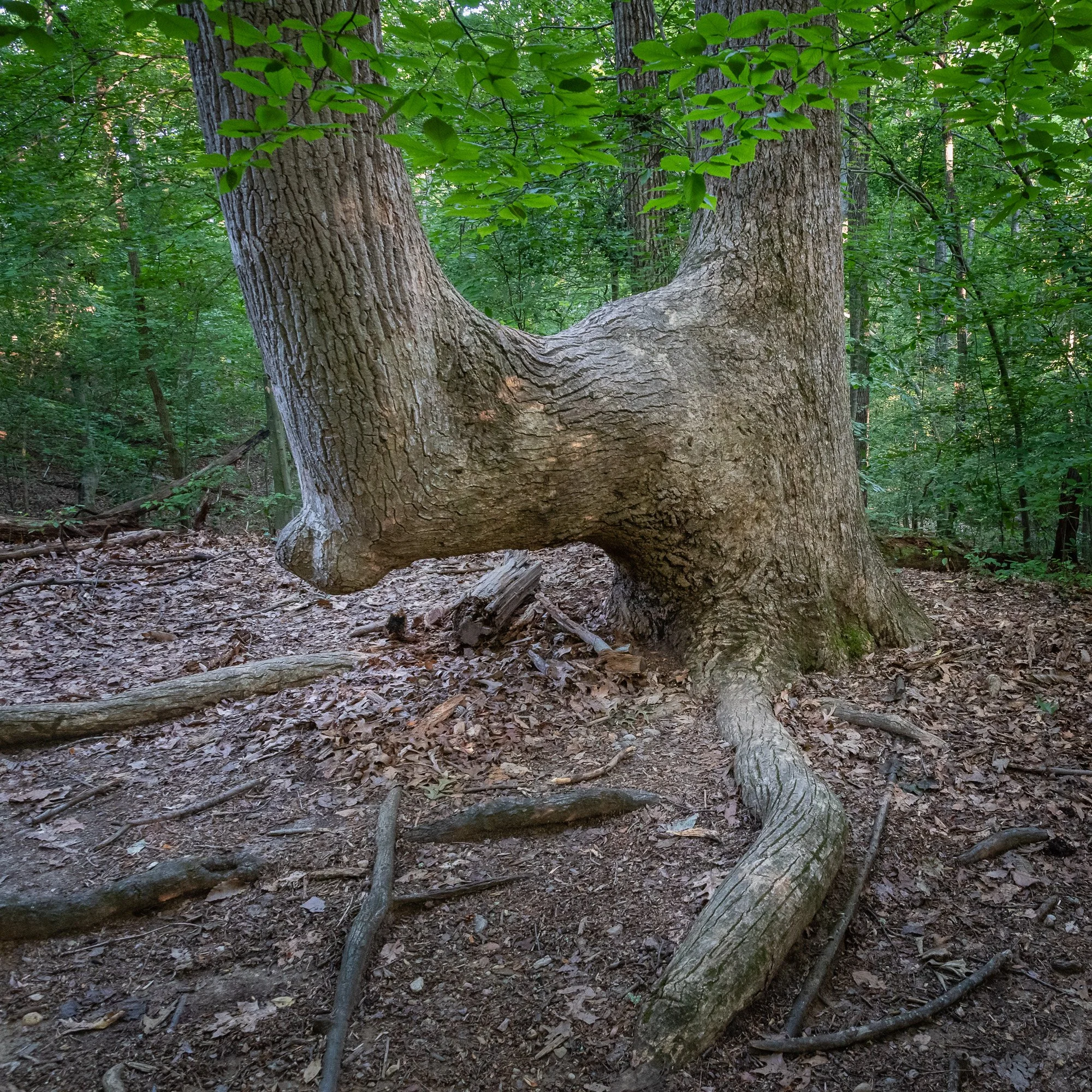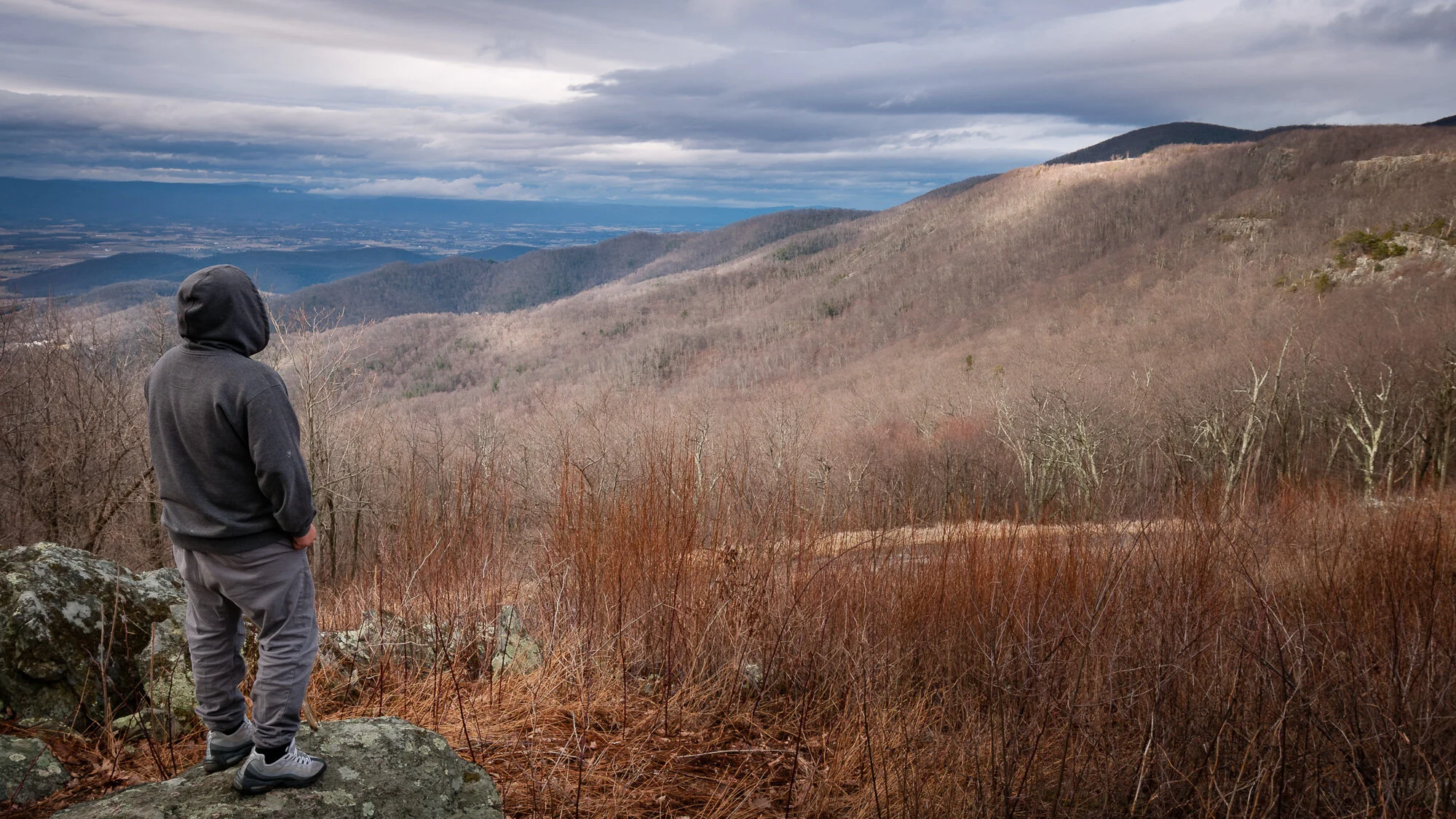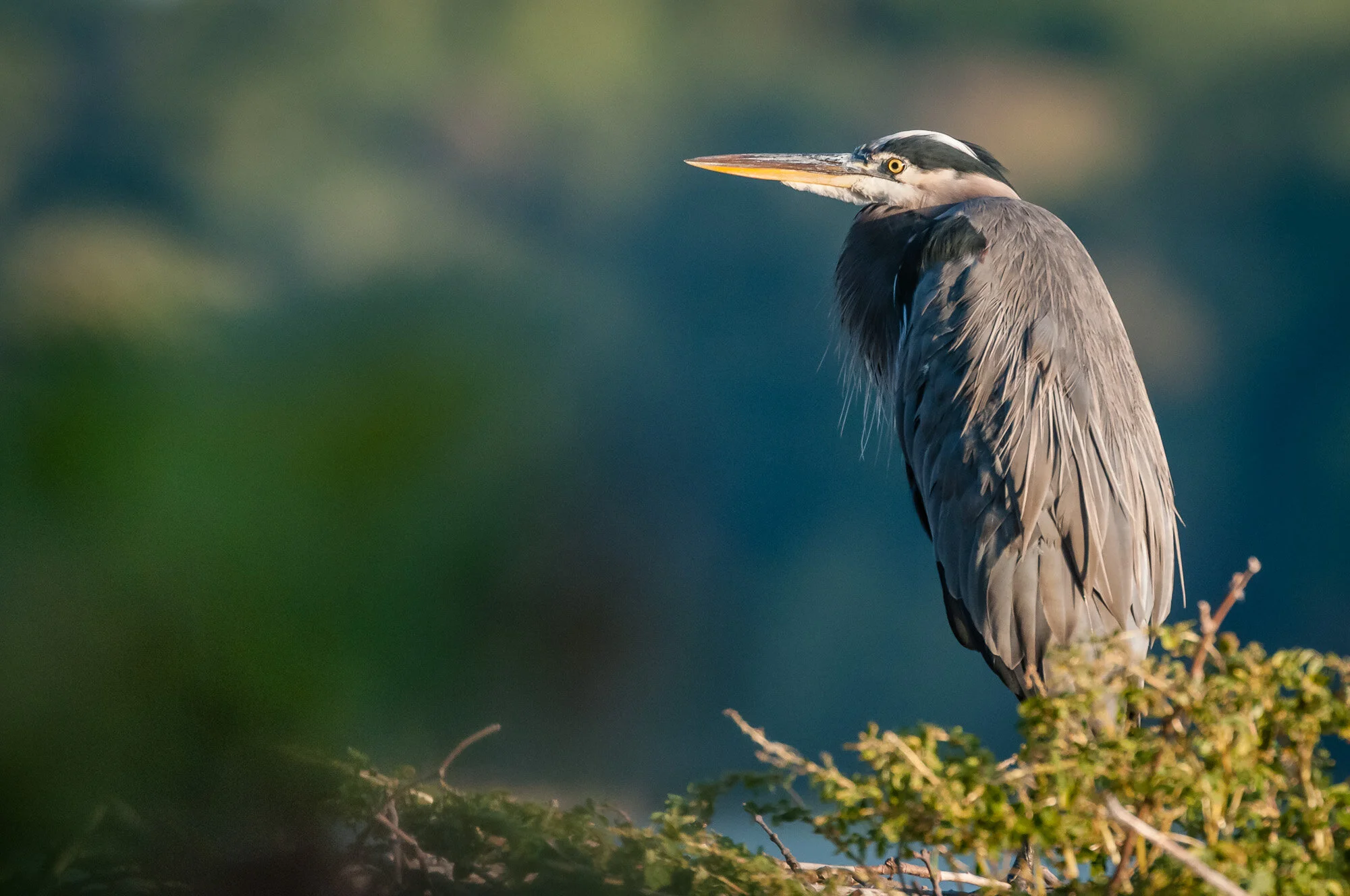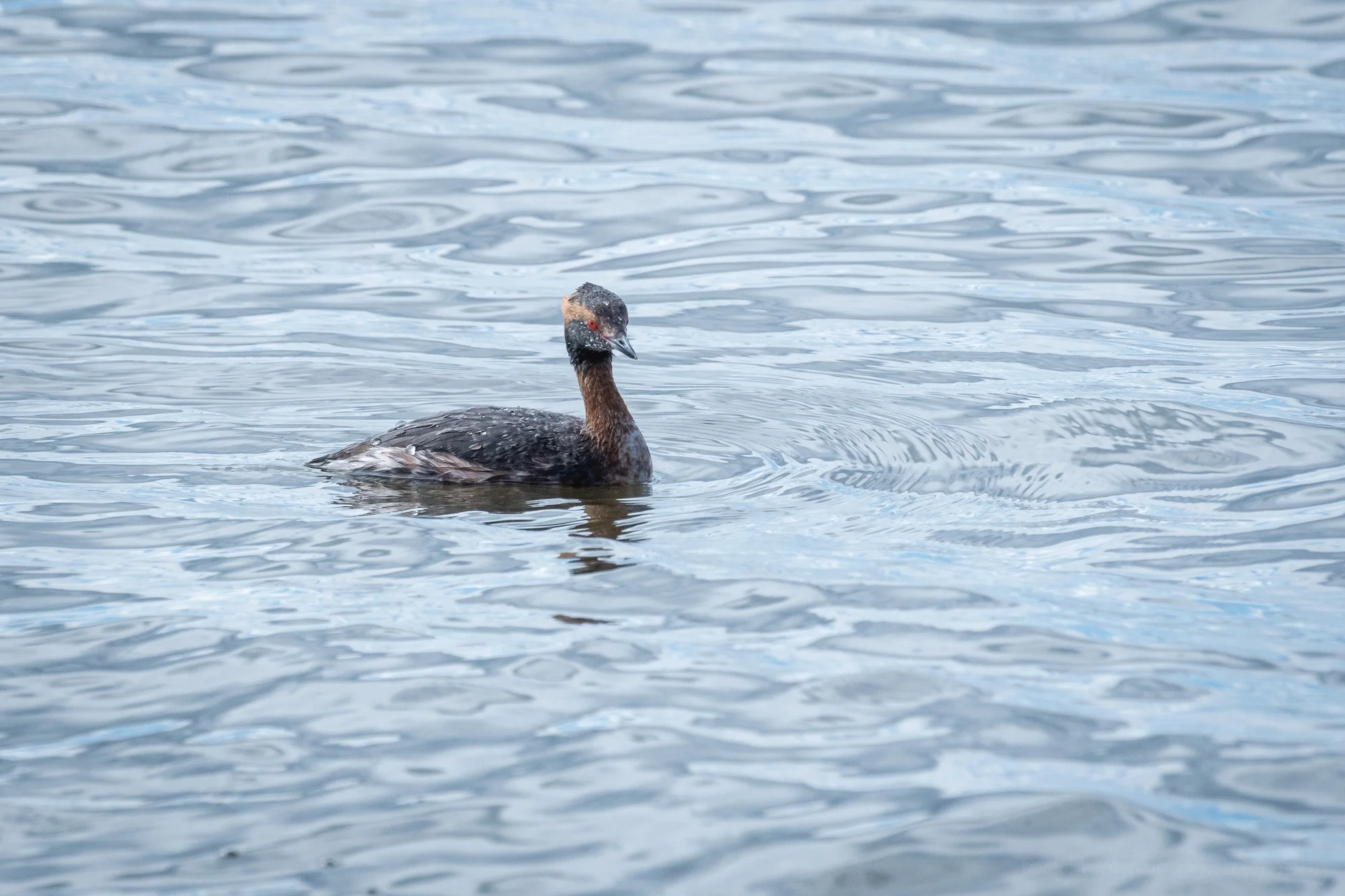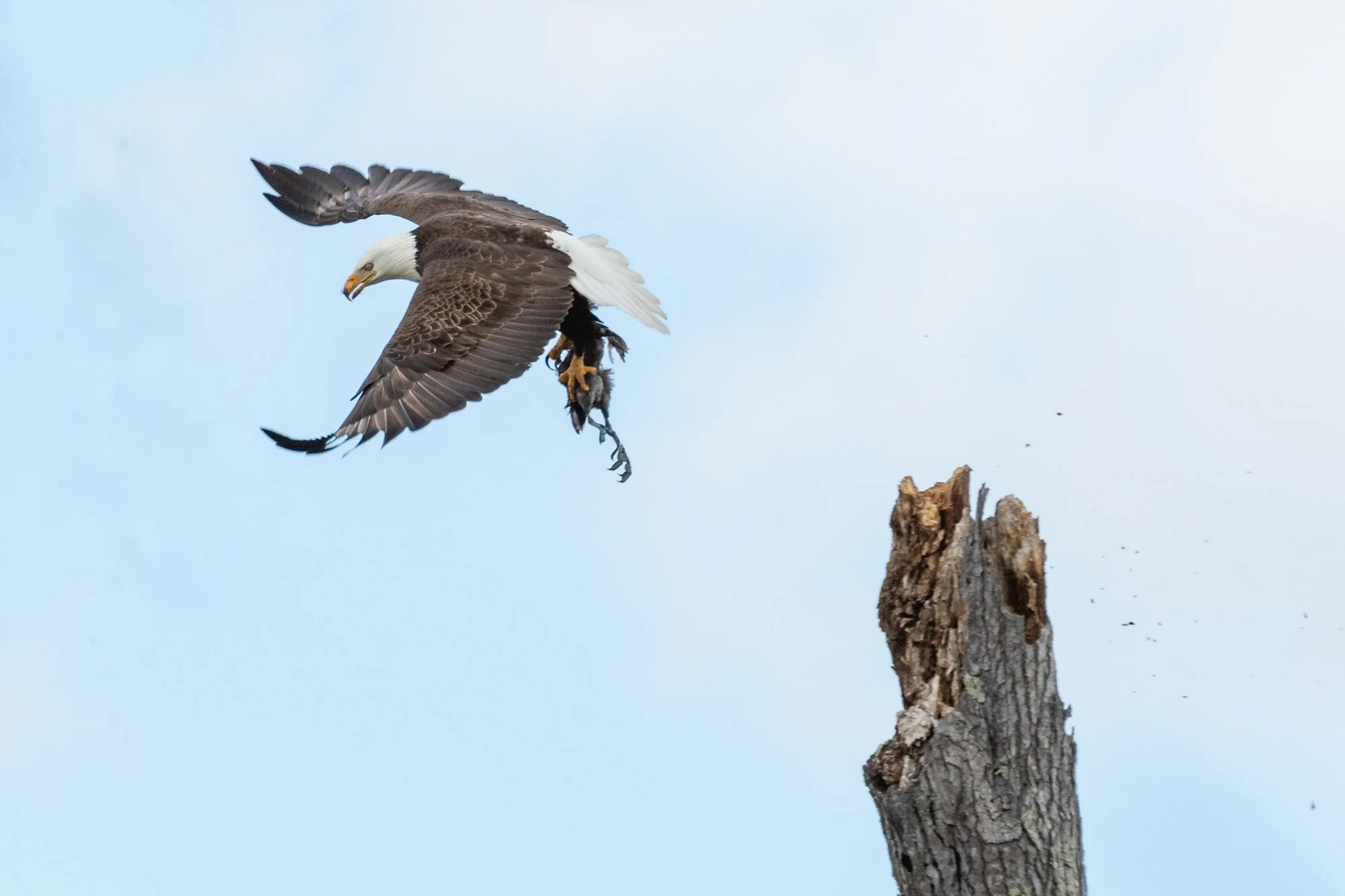Soft white dandelion puffball with shallow depth of field
Sometimes we get so obsessed looking for particular types of subjects or scenes for our photographs that we completely stop looking for anything different. When this happens we can end up in a rut, creating the same photos over and over again. How do you get yourself out of a rut, or keep yourself from falling into one? One answer is: don’t overlook the obvious!
What are those subjects or scenes that you walk by every day, never really paying any attention to? One for me is the dandelion, that plant we often overlook as a weed in our yards, a nuisance that spreads so quickly. But when I take the time to get down on my hands and knees, observing and photographing the dandelion, I realize just how great a subject it can be.
I created the images in this post along a trail in a national park. Now, you don’t need to go all the way to a national park to photograph something this obvious, but that’s where I happened to be when I noticed it. I had been photographing wildflowers when I came upon a dandelion puffball, just waiting for a gust of wind to release all those little seeds. And I thought, that little puffball is actually really beautiful. So I lay down and started observing the puffball through my macro lens.
One thing I noticed right away was the variety of images I could create just by adjusting the focal point. When I focused on the front of the puffball I created the image at the top of this post, a nice soft puffball with only a small number of lines in focus right at the front. All the rest is a soft out of focus blur with a beautiful green background.
But what if I focused on the inside of the puffball? How many of us pay attention to what the inside of a dandelion puffball looks like before the wind breaks it up? I rarely have. But this day I decided to do just that. And below is the photograph I created.
Soft dandelion puffball showing center in focus
This photo is much like the first, and in fact when viewed small enough or far enough away they both look the same. Both images have a shallow depth of field, but when you look at a larger version of both photographs they are very different. In this photo we see much more detail in the center of the dandelion, how each of the seeds are attached to the center stem, with the straight lines extending out to all the puffy parts around the outside of the puffball. I like this image, with the center and outer ring in focus, and a nice soft middle layer.
The point of all this is to experiment. Try different things. Find a normal everyday subject or scene, something you usually overlook, and try to make a pleasing image of it. Then try to make another, changing your perspective, changing your focus, changing the depth of field. Be creative, see if you can discover anything new about your subject, something you hadn’t noticed before. And then share what you’ve found. Maybe it will prompt someone else to go out and see the world in a different way. And maybe it will help you out of a rut.
There’s a lot of beauty out there, we just need to open our eyes to see it.
Do you enjoy these posts?
Sign up to receive periodic emails with updates and thoughts. Don’t worry, I won’t spam you. And please consider purchasing artwork or products from my online store, and using my affiliate links in the sidebar to the right when shopping online.
I appreciate your support!
